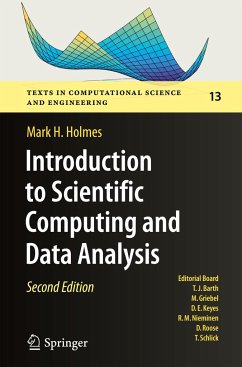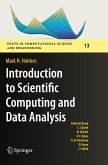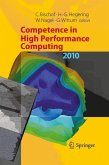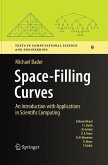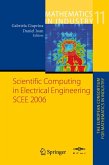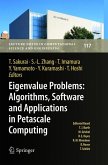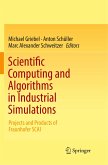This textbook provides an introduction to numerical computing and its applications in science and engineering. The topics covered include those usually found in an introductory course, as well as those that arise in data analysis. This includes optimization and regression-based methods using a singular value decomposition. The emphasis is on problem solving, and there are numerous exercises throughout the text concerning applications in engineering and science. The essential role of the mathematical theory underlying the methods is also considered, both for understanding how the method works, as well as how the error in the computation depends on the method being used. The codes used for most of the computational examples in the text are available on GitHub. This new edition includes material necessary for an upper division course in computational linear algebra.
"The material is accompanied by many examples, exercises, as well as diagrams and tables of resulting data which are produced by MATLAB for which the programs are available on the author's website. The book is intended for beginners in scientific computing with basic knowledge in calculus, matrix algebra, and differential equations. ... a good reading for the more advanced scientific engineer or lecturer in this field who may find numerous suggestions for working or teaching." (Gudula Rünger, zbMATH 1368.65002, 2017)

